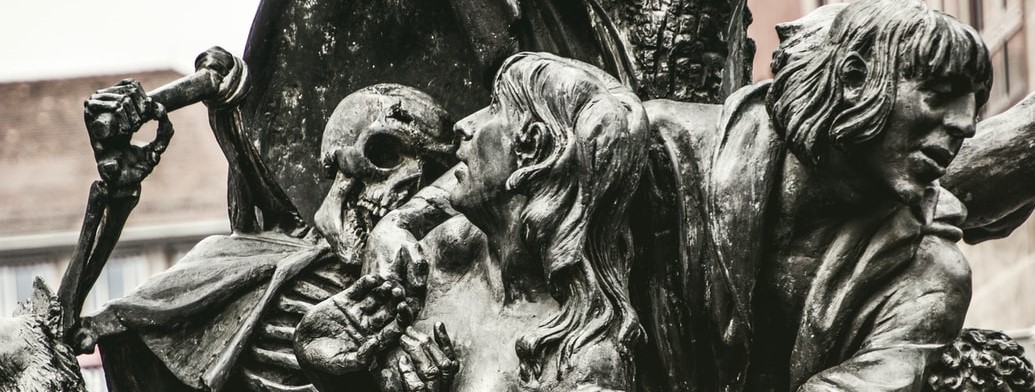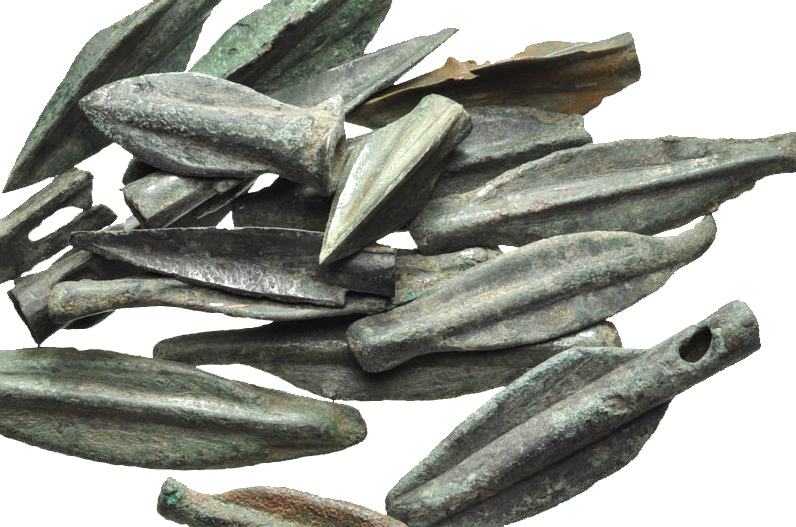Battlefield Mice
PUBLIC NOTICE: Visitors are kindly asked to keep to the footpaths. The battlefield guardians will not be held liable for any injuries sustained by tourists who do not comply with this request. You have been warned.Battlefield mice are a subspecies of Saeric rodents. Slightly larger than normal Kredasene field mice (at roughly 105mm rather than 99mm), they thrive on historic battlefields across the country, including the Field of the Kingslain. Hardy little creatures, battlefield mice live, on average, slightly longer than other species of field mice: roughly 1.5-2 years.
Habitat
Like their cousins, battlefield mice inhabit grassland and shrubland, although they have occasionally been found in human settlements. Favouring large, family groups, battlefield mice live in burrows, digging out large, intricate networks of burrows. These consist of chambers specifically for food storage and nesting.
Behaviour
Battlefield mice are incredibly social animals that live in close family units. These groups are usually patriarchal, consisting of a dominant male and female pair, their most recent litter, and a number of older pups. Depending on the nature of the female, she may permit several of her own sisters to live within her clan, but these relationships are notoriously unstable.Protecting the Nest

Field Mice by George Thomas Rope (1846-1929)
Battlefield mice are unique in their use of metal in their decorations, as the digging of their burrows often unearths archaeological debris from the historic battles in the ground around them. Other weapons have also been recorded as having been incorporated into the nests defences, including broken daggers, steel bolts, and grapeshot. In rare instances, the battlefield mice have been known to find and use dragon scales.



Awwwww, so cute, and so resourceful! I love thinking about them lining their nests with bits of protective metal. I can imagine accidentally stumbling into or onto one might be a painful event :O